Table Of Content
How to start a Shopify clothing store - Easy Steps to Follow
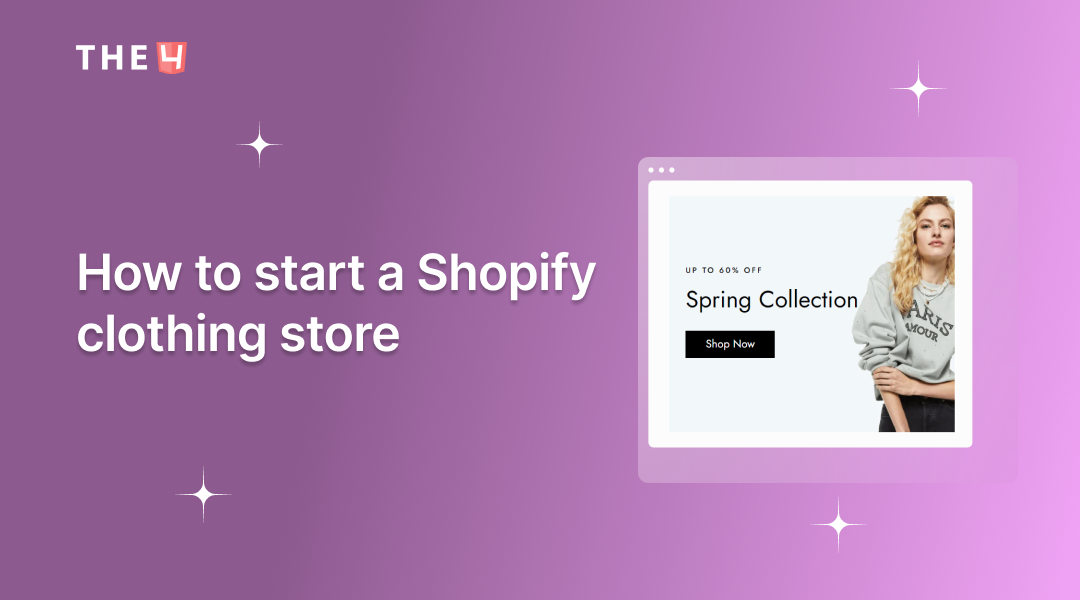
Selling clothes on Shopify can be highly profitable. It's a trillion-dollar industry with plenty of opportunities. But it's also challenging and competitive. Choosing a niche, deciding on your business model, sourcing products, managing logistics, and standing out in a saturated market would be best.
In this guide, we'll show you how to start a successful clothing business on Shopify and provide examples of top stores. Let's get started!
Why You Should Consider Starting an Online Clothing Store
The growth of online boutiques
The explosion of the Internet and the impact of the COVID-19 pandemic have led to the expansion of eCommerce. Naturally, the fashion industry has been included in this trend. According to Statista, online clothing sales made up nearly 30% of total eCommerce retail revenue in the US, amounting to over $100 billion in 2019, and it's projected to double by 2024. On a global scale, this number reached $756 billion in 2022.
If you want to take advantage of this valuable opportunity, start your online store.
Online Clothing Stores - Opportunities and Challenges
When it comes to selling online, one of the first advantages that comes to mind is the low entry barrier. Launching an online store takes only a few days or weeks while opening a physical store can take much longer.
Additionally, running traditional stores involves significant expenses for hiring staff, but these employees can only keep the shops open for limited hours. In contrast, eCommerce stores are accessible to customers 24/7.
Now, let's address some challenges. Clothes are unique products, and customers often prioritize physical interaction. It's only when customers can touch the fabric and try on clothes that they feel confident in their choices. That's why the majority of clothing sales still occur in brick-and-mortar stores.
Best Platform for a clothing store
Once you've figured out your target customers and business strategy, it's time to find a place to set up your online store. Online store builders can help simplify creating your store and handle crucial technical stuff like security.
These software solutions are responsible for keeping the information shared between your customers' web browsers and your eCommerce website safe and secure. They do this by encrypting the communication, which helps protect transactions.
There are many eCommerce platforms to choose from, so consider these factors to make the right choice:
- Your Business Model: Think about how you plan to run your business.
- Your Technical Skills: Consider your level of technical expertise.
- Features You Need: Consider what features you need, like SEO tools, SSL certificates for security, or email marketing capabilities.
Among the many eCommerce platforms available, Shopify, WooCommerce, BigCommerce, Magento, and Wix are the top five. While there's no one-size-fits-all solution, we strongly recommend Shopify for these four main reasons:
- High Storage Capacity: Shopify uses cloud storage, so you don't need to worry about servers or databases. It makes managing your business more centralized and easier.
- Professional Interface: Shopify provides various interfaces designed for different industries, whether you're in food and beverage, furniture, jewelry, or clothing.
- Speed and Security: Fast-loading web pages keep customers on your site, and Shopify offers excellent security to prevent data loss.
- Advanced Features: You can easily customize your website and add features like advertising and payment methods.
Shopify is the top choice for selling clothes on the Internet. It's great for this because it offers lots of tools that help you handle your clothes, create an online store, talk to customers, and build your brand.

Even better, Shopify has many apps that make selling clothes online super easy.
Steps to Start Your Shopify Clothing Business

Here are the instructions for establishing your Shopify clothing business:
Step 1: Select Your Clothing Specialty
Selecting a clothing niche is crucial for the success of any clothing store, whether it's online or brick-and-mortar.
When it comes to clothing, consumers have diverse needs. A more intelligent strategy is to focus on specific target customers instead of trying to appeal to everyone. This approach helps design better marketing campaigns and create products that resonate with the target audience. Keep their preferences in mind when selecting the products you offer.
For example, if you decide to sell men's athletic shirts and pants, it's a good idea to provide related items like jackets and shoes. However, branching out into women's swimsuits might be less effective.
Another essential factor to consider is customer lifetime value. Acquiring new customers requires much effort, but selling more products to existing ones is much easier. Therefore, you should offer items that encourage repeat purchases to increase your profits.
If you're still unsure about how to choose a clothing niche, here are three helpful tips:
- Uniqueness is Essential: Your place should stand out and offer something unique.
- Pick a Niche You're Passionate About Choosing a niche that interests you, and you understand well is best.
- Check the Earning Potential: Make sure your chosen niche has the potential to generate income.
Step 2: Choose Target Audience

Finding a market need and identifying your target customers go hand in hand because not everyone will want what you're selling.
Your target audience is the specific group of people who want your product. You'll need to invest your time and resources in contacting and connecting with them. Understanding your target audience well can significantly improve your chances of success.
To understand your target audience, you need to pay attention to two main things: demographics and psychographics.
Demographics are basic details like age, income, gender, where they live, and whether they're married, among other things. On the other hand, psychographics cover their interests, hobbies, what they like and dislike, their lifestyle, how they shop, the problems they're dealing with, and how your product can help solve those problems.
Step 3: Decide on Your Business Approach
Once you've settled on your clothing niche, it's time to choose a business model that suits your goals. Here are the four most popular business models for online clothing stores that you can consider:
Print-On-Demand: This is an excellent option if starting with a tight budget. You add logos and designs to blank clothes based on customer orders. The process is automated and doesn't require advanced technical skills, which can save on labor costs. However, print-on-demand stores often have lower profits, especially when working with third-party printers, and you may need more branding options.

You can read more: How to Create a Print-on-Demand Shopify Store.
Custom-Cut-and-Sew: This model is ideal if you dream of having your own fashion business and a substantial budget. You have complete control over everything, from creating designs to manufacturing. You're responsible for finding fabric suppliers and managing the pattern-making process. This model demands significant time and a deep understanding of design principles. However, it allows you to create genuinely unique clothing and offer personalization to your customers.
Private Label: The Private Label model is a good fit for those who want to launch unique Shopify clothing stores with less effort. Essentially, you purchase clothing items either blank or with no label, and then add your custom label or design. These products are then sold under your brand name. Buying in bulk often leads to more cost-effective pricing than the print-on-demand model. However, you still need to manage inventory and fulfillment.
Dropshipping: Dropshipping is the most straightforward business model. When a customer orders an item, the drop shipper sends it directly to the customer from a third-party business. The essential advantage is that you don't need to keep inventory on hand or worry about packing and shipping products. You can integrate Shopify dropshipping apps into your online store to set up a dropshipping business. However, the dropshipping market is highly competitive, as many suppliers offer similar products. Standing out in this model can be challenging.
Each business model has pros and cons, so choose the one that aligns with your budget, time commitment, and business objectives.
You can read more:
Shopify Dropshipping: 7 Steps to Start
+11 Best Shopify Apps For Dropshipping
Top 16+ Best Shopify Dropshipping Stores Designs + Tactics
6 Must-Follow Tips to Build a Successful Shopify Dropshipping Store
Step 4: Pick a Domain Name
The next thing to do is pick a name for your business, especially a domain name. A professional image and positive impression with customers is achieved with a unique domain name. Your domain name should match your business name and the products you're selling.
There isn't a strict rule for choosing a name, but here are some essential tips to keep in mind:
Keep it Short and Easy to Spell: Long or complicated names can be problematic when customers try to find your website or share it with others. Using simple words and phrases can help you avoid this issue.
Choose a Scalable Name: Businesses change over time, so it's wise to consider potential growth when naming your online store. Make sure the name can still work as your business expands.
Be Unique: People want their brands to be distinct from competitors. Creating a unique name is a great way to stand out in the busy world of eCommerce.
Step 5: Select a Design and Style
The next thing to do when starting an online clothing store is to pick a store theme. Coming up with a business name can be exciting when you have a group of colleagues to brainstorm. However, choosing a store theme can be fun if you launch your eCommerce store alone.
A good eCommerce website needs to be easy to use and navigate, even for people who aren't tech-savvy.

If you're using Shopify, take some time to check out the Top 20 Shopify Themes for Fashion Stores. Choose a store theme, like picking out an outfit. Try out a few templates before settling on the final one. Once you've chosen a theme, please make tweaks to make it as friendly as possible for search engines and customers.
You can read more:
Top 21 Best Shopify Themes Theme Forest
Ultimate Review: Shopify Theme Launch
Step 6: Start Your Online Store
Now that we've figured out the clothes and the brand, let's talk about the platform where you'll sell your products – your Shopify store.
Setting up your Shopify store might seem daunting, but it's achievable. You can use Shopify's themes and templates to create your store. Shopify simplifies this process, especially with its website builder, which doesn't require coding expertise.
You can refer to:
How to start an eCommerce business with Shopify
Step 7: Setting Price
Learning how to price your products correctly is crucial because your goal is profit-making.
To figure out the right price, you need to understand how much it costs to make your products. This includes things like the cost of materials, labor, and production.
Consider other costs for running your clothing business, like renting space, shipping, and paying your employees.
Once you have identified all your business expenses, you can determine a price that covers these costs and generates a profit.
If you plan to sell to other businesses in large quantities, you should set a different price for them.
No matter how you set your price, you must consider what your target customers will pay. It would help if you experimented to find the perfect price.
Step 8: Set Up Your Logistics
Two of the most crucial but not-so-exciting parts of running an online store are handling shipping and order fulfillment. These two things together are called "logistics."
It's essential to have a reliable logistics system in place to make sure your customers receive their orders smoothly. Order fulfillment is more than just shipping – it includes tasks like choosing the items, organizing them, packing them, and then sending them off.
Throughout this process, you want to ensure your brand provides a consistent and positive customer experience.
Step 9: Market Your Clothing Business
No one will buy your products if they don't know your store exists. That's why marketing is crucial to running a Shopify clothing business.
It would help if you started marketing your store even before you officially open for business. This way, you can get a head start.
There are several effective marketing strategies to consider, and here are three proven ones to begin with:
Paid Advertising: One effective strategy is to create targeted paid ads on popular platforms such as Facebook, Instagram, and Google. These platforms offer powerful advertising tools to help you build your customer base. Focusing on Instagram can be particularly helpful for a Shopify clothing business when you're just starting.
Social Media Marketing: When you have a limited budget and cannot afford to pay for advertisements, you can utilize organic social media marketing. This involves creating appealing and engaging content on social media to attract people to your store. Instagram is especially effective for clothing brands because it's very visual. You can also use Shopify apps to make your Instagram feed shoppable.
Influencer Marketing: If you're working with a limited budget, influencer marketing is a great option. You can offer free fashion products to social media influencers in exchange for them mentioning your brand. These influencers should have a solid online presence and be able to reach and engage with your target audience. This approach can help boost your sales. You can collaborate with influencers to host giveaways and grow your email list. Additionally, email marketing helps in engaging with customers and building lasting relationships.
Step 10: Make Improvements and Innovate
Congratulations! You've reached the last step in starting your online clothing store. It's all about the 3R approach – Revise, Reinvent, and Renew. Here's how to do it:
- Revise: Take a close look at your business performance by analyzing data. Figure out what's working well and what's not.
- Reinvent: Based on what you've learned, make improvements. Promote your best-selling products prominently on your homepage, and revamp underperforming product pages with fresh product descriptions.
- Renew: Consider adding a rating system and customer testimonials for all your products. Building trust with potential customers can be crucial in encouraging them to purchase. Therefore, it is essential to establish a rapport with them through clear communication and excellent customer service.
Wrap up
Starting and managing your own Shopify clothing business is an exciting journey. It allows you to discover what strategies succeed and which don't, helping you grow as an entrepreneur. Remember, instant success might not happen. You must continually experiment with new approaches and address what's not working.
Keep tabs on your progress; your growth will pleasantly surprise you over the next few years. Stay passionate and committed.




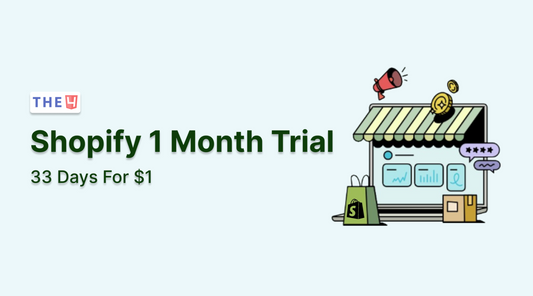
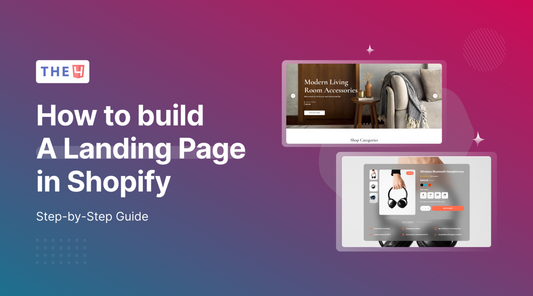
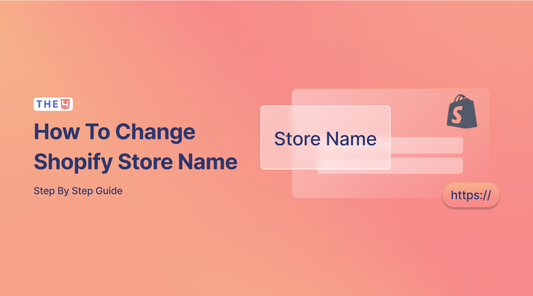
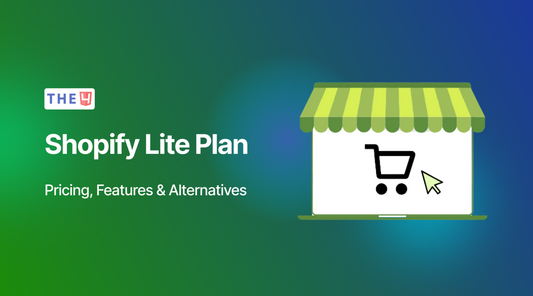

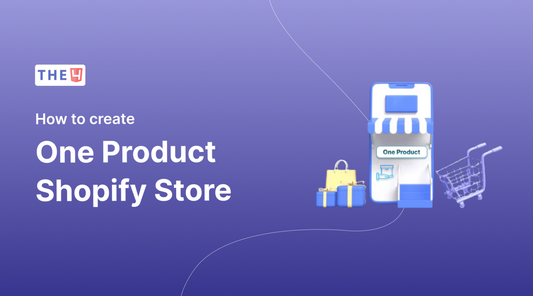
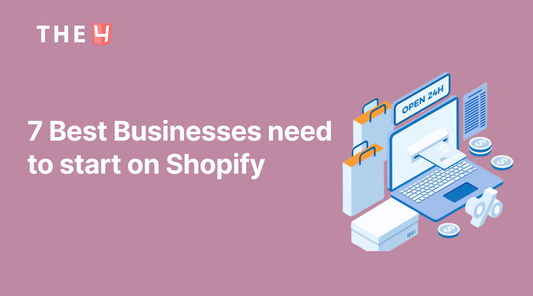


No comments